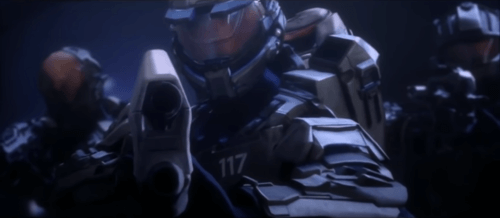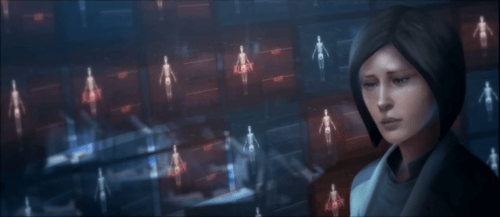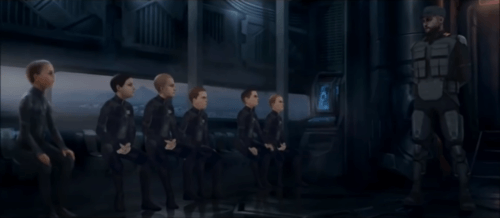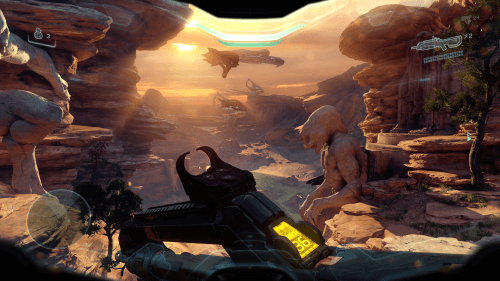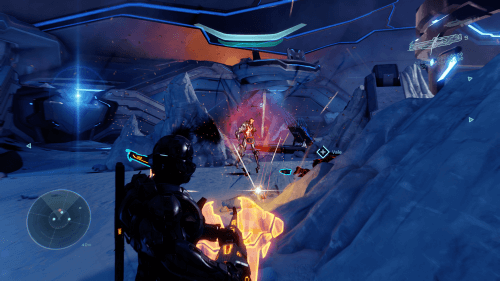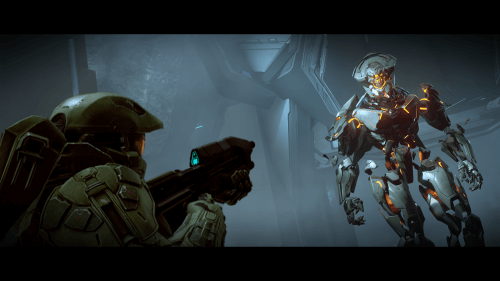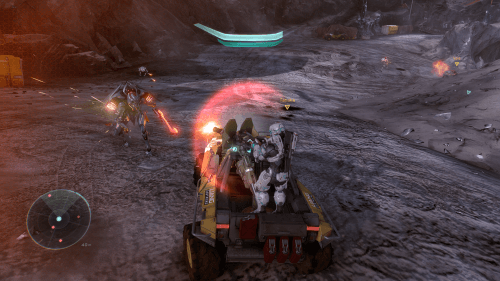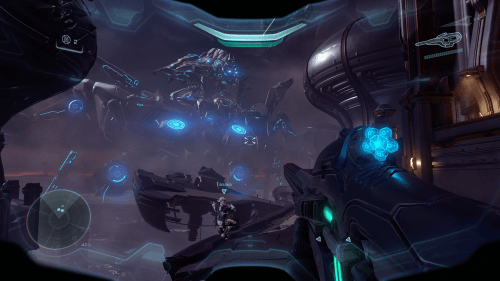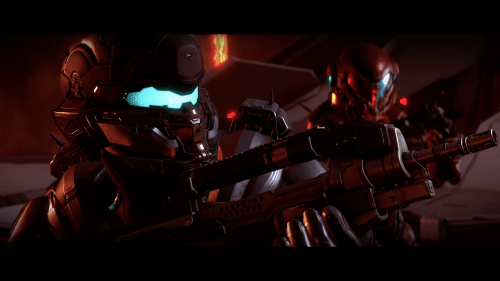With the recent reveal of World of Warcraft: Dragonflight I started thinking about how much I missed WoW. As many MMOs as I’ve played, I still love the high standard of polish that, until relatively recently, I associated with Blizzard games, I still love how buttery smooth the game feels, and most of all, I still love the core lore of the Warcraft franchise.
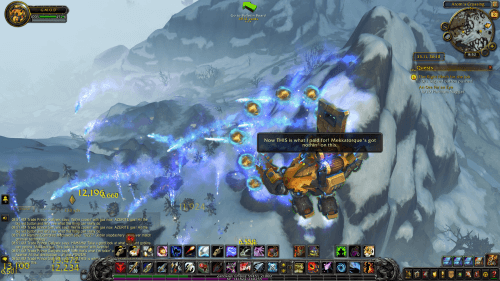
“Raining hell with Gallywix’s G.M.O.D.”
Against my better judgment, I hopped back into “retail” restarting an unfortunate cycle that I’ve been stuck on for quite a few years now. That is, when a new expansion is announced I get hyped up for it, reactivate my account, and try to catch up on the previous expansion’s content until I get burnt out again, usually just before (or just after) the new expansion actually launches. Case in point, I logged in to discover my “main” still where I left him when I got burnt out at the end of the Battle for Azeroth Alliance campaign, and my new Horde “alt” that I created when Shadowlands was announced that I had created to familiarize myself with the changes to the game before diving back in with my main, left in the middle of a zone less than half way through the Battle for Azeroth Horde campaign. Doh.
This time would be different though. This time I had a goal: allied races. Allied races are a feature that was added to the game with the Battle for Azeroth expansion. Essentially, Blizzard added what would eventually become 5 new races per faction. Most of these new races were more or less reskins of existing races, but alas, as someone who likes to stand out in my online games, I was very interested. Unfortunately these races needed to be individually unlocked through achievements which almost all included lengthy quest lines and/or reputation grinds. Still, I figured I could focus on a few of the ones I was most interested in. That never happened.
With Shadowlands, the reputation grinds were removed and the option was added to simply skip quests that required dungeon content. Nice! I decided I would make it my goal with this return to Azeroth to not unlock one, but all of the allied races.
I wish I had kept a more detailed journal of my progress, as it occurs to me now that this could actually be pretty helpful to a lot of people. I can at least recount the journey in general. First, one small tip. The addon BtWQuests can be extremely useful for keeping track of the multiple questlines required to unlock each races. Even using it, things still got a little confusing for certain quest lines and achievements, so I can’t recommend it enough. You’ll need both the Battle for Azeroth and Legion versions. Anyway, here’s how it went…
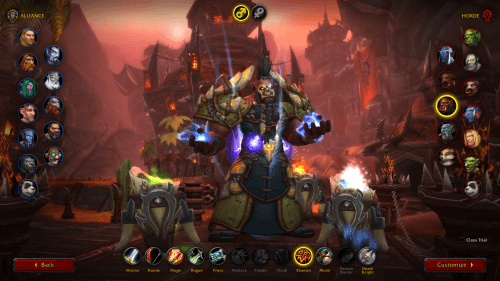
“All allied races unlocked! A Mag’har Shaman on display.”
First I returned to my main Horde alt. I picked a Hunter for this class specifically because of how easy yet capable they are to play, so this character was the logical selection for getting re-reacquainted with the game without rolling yet another new character. First, I realized that I was already eligible to unlock the Highmountain Tauren due to questing in that zone in Legion with my main. Next I finished off my questing in Nazmir and then headed to Vuldun and more or less finished off the base Horde campaign. The Vulpera were unlocked from that alone. Then I finished the base Horde war campaign plus some of the later war campaigns to complete Tides of Vengeance, and then completed the final Zuldazar quests, unlocking the Zandalari Trolls. I’d already completed Ready for War on my main, and finishing it off for my Horde character meant I also unlocked the Mag’har Orcs.
Finally, the most grueling part of this was heading back to the Broken Isles from Legion to unlock the Nightborne. I had never played through Suramar back when Legion was current, nor had this character ever set foot in the Broken Isles, so I had to essentially start from the beginning and go through innumerable quests with sometimes little to no “breadcrumbing” to follow. I did encounter one reputation gate, which was with the quest “Uniting the Isles” which requires you to get to friendly with all of the major factions of the Legion campaign. Luckily with flying unlocked, it was quite quick to head to each zone and grind quests for just long enough to hit friendly, with only Stormheim giving me any issues. Despite how much effort the “Insurrection” achievement took, I actually really enjoyed the lore behind the Suramar questlines, never mind the unique city itself.
Victorious, I headed back to my old main and went with a similar strategy. I’d go ahead and finish off the base Alliance campaign by completing the last little bits of Stormsong Valley. I’d already earned Ready for War on this character, so the Dark Iron Dwarves were available without any real work. I then finished off the war campaign and portions of the later war campaigns for Tides of Vengeance, then completed the final Tiragarde Sound quest lines to at last unlock the Kul Tiran Humans. Next I learned I needed to play through a good part of Nazjatar in order to unlock the quest to get me to Mechagon Island. I’d never seen either of these zones when originally playing Battle for Azeroth so this was an interesting diversion and I’m tempted to return to finish both zone’s quests, but it didn’t take too long before I had Mechagnomes unlocked.
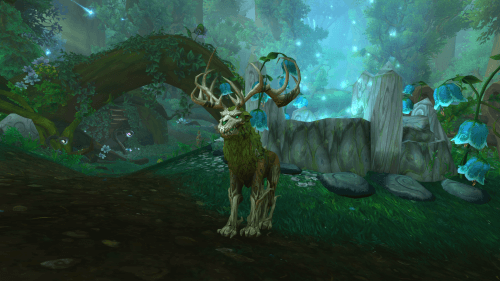
“The Kul Tiran druid forms are some of the coolest.”
As with the Nightborne, I now had to head back to Dalaran to start the Legion Argus quest lines. At least this time between having played much of Legion previously on this character and having just completed some related quests on my Horde alt, I was able to head to Argus without too much effort. I hadn’t been to Argus before now, and always being intrigued by the Draenei, the Naaru, and the Light in general, I was looking forward to this, but found myself rushing to grind through these quests without too much investment in the story, unfortunately. Finally, completing most of this story granted the You Are Now Prepared! Achievement, unlocking both the Lightforged Draenei and the Void Elves.
Once you meet the requirements to unlock an allied race, you still need to do a questline associated with each one kicked off in the embassy in the capital cities of each faction. In some cases these are quite quick, while in some others they’re fairly involved, but none are difficult. Some, like the Vulpera’s for example, were quite fun, while others will be essential for lore nerds. Once completed you’ll unlock the race, their associated achievement, and be given their race specific mount. With that…
Success! So, what will I actually do with my new found power? Well, more alts of course! I actually had vague plans to play through some old campaigns a second time with some variety of Mag’har Orc, and a Lightforged or Dark Iron Paladin could be fun, but my immediate plans were for a Kul Tiran Druid and a Mechagnome Monk. In fact, I already started my Kul Tiran Druid and headed into the Legion campaign so I could jump right into the Druid class hall, which I’ve been enjoying immensely so far. When it comes to my Monk, I’ll likely bring him through the classic Catalyst zones since that particular ridiculous race and class combination seems hilariously incongruous there.
One thing is for sure, over a year and a half later and I still haven’t even stepped foot into Shadowlands yet. Maybe I’ll keep up with tradition and wait until just before Dragonflight is released. *shrug*
